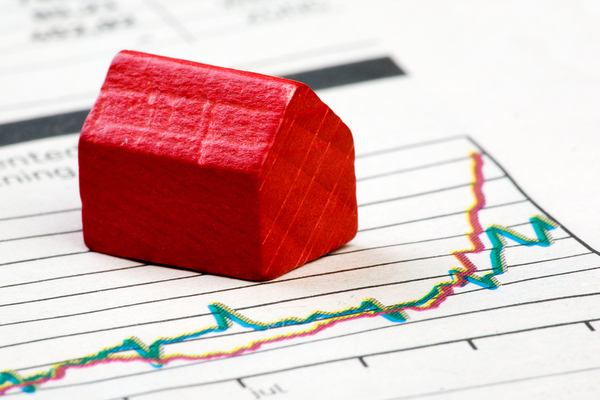View Sale Announcement Detail


Archived news
Excerpt Although banks have been fearing that climbing interest rates might make borrowers of newly amortizing HELOCs fall behind on their loan payments, rising home prices, a more robust economy, and a healthy employment picture are offsetting the impact of rising rates. The number of underwater loans is decreasing as well.
Home Prices Rebound: Fewer Mortgage Borrowers Underwater
A strengthening economy, more jobs, and rebounding home prices have all combined to counterbalance rising payments and interest rates in the home equity line of credit (HELOC) market. The result? Fewer and fewer HELOC borrowers are becoming behind on their loan payments and fewer and fewer are underwater.
 HELOC borrowers are not falling significantly behind.
HELOC borrowers are not falling significantly behind.
At issue are problem HELOC loans made before the financial crisis of 2008-2009. Many borrowers took out HELOCs in the period before the financial crisis became apparent. The usual loan terms allowed borrowers to pay interest only for up to a decade. The bill, though, is now coming due.
There has been anxiety in the banking sector that the combination of amortization and rising interest rates would cause borrowers to default when it came time to start repaying the principal. HELOCs, unlike mortgages, are pegged to the prime rate. They reset immediately once interest rates start to rise.
Interest rates were hiked in December 2016 as well as in June 2017. Interest rate increases on HELOCs can cause monthly payments on the latter to rise several hundred dollars, potentially rendering borrowers unable to pay.
And Now the Good News
So far, HELOC delinquencies are dropping, not rising. Equifax reports, according to the Wall Street Journal, that roughly 3.8% of HELOC borrowers were delinquent four months after reset. For the past 3 years, though, delinquencies have hit over 4%, with a peak of 4.43% in HELOCs originated during 2004.
 The median U.S. home price is rising.
The median U.S. home price is rising.
Underwater Loans Decreasing
A rise in home prices is a major factor in decreasing the number of homes underwater. Home prices in the U.S. declined after the financial crisis, and in some areas the decline was long-lasting. Since the beginning of 2014, however, home prices have climbed 35% on average. The median sales price across the nation was $252,800 this May, compared with $187,900 in early 2014.
In the first quarter of this year, 9.7% of U.S. homes backed by a mortgage were seriously underwater, according to Attom Data Solutions. Its definition of “seriously underwater” means that the mortgage-holder owes 25% or more above the value of the home. At the beginning of 2014, however, 17.5% of U.S. homes with mortgages were underwater.
While rising home prices helped HELOC borrowers, other factors are at work as well. A strengthening economy and employment picture are helping consumers afford their loan payments.
Several large banks have also established plans to help HELOC holders who are underwater, including applications to apply for extensions of paying interest only.
So for the banking industry, a potential crisis of defaulting problem HELOCs seems to have been averted or at least minimized. The only HELOCs still needing reset are those from the latter part of 2007 and 2008. Equifax indicates, according to the Wall Street Journal, that 2007-originated HELOCs equal 766,000 loans worth $46 billion currently and 2008-originated HELOCs total 584,000 loans worth $31 billion currently.
Garnet Offers Attractive Pooled Loans
Garnet offers second mortgage and HELOC portfolios pooled for attractiveness. Many of our portfolios combine high quality loans with riskier but higher yielding loans beneficial to institutions whose needs fit the portfolio.
Let the experienced loan sale advisors at Garnet help you find a portfolio that matches your institution’s needs today. Register for our online portfolio auction system.
Garnet Capital Advisors 500
Mamaroneck Avenue, Harrison, NY 10528
(914) 909-1000
info@garnetcapital.comGarnet Capital Advisors 500
Mamaroneck Avenue, Harrison,
NY 10528
(914) 909-1000